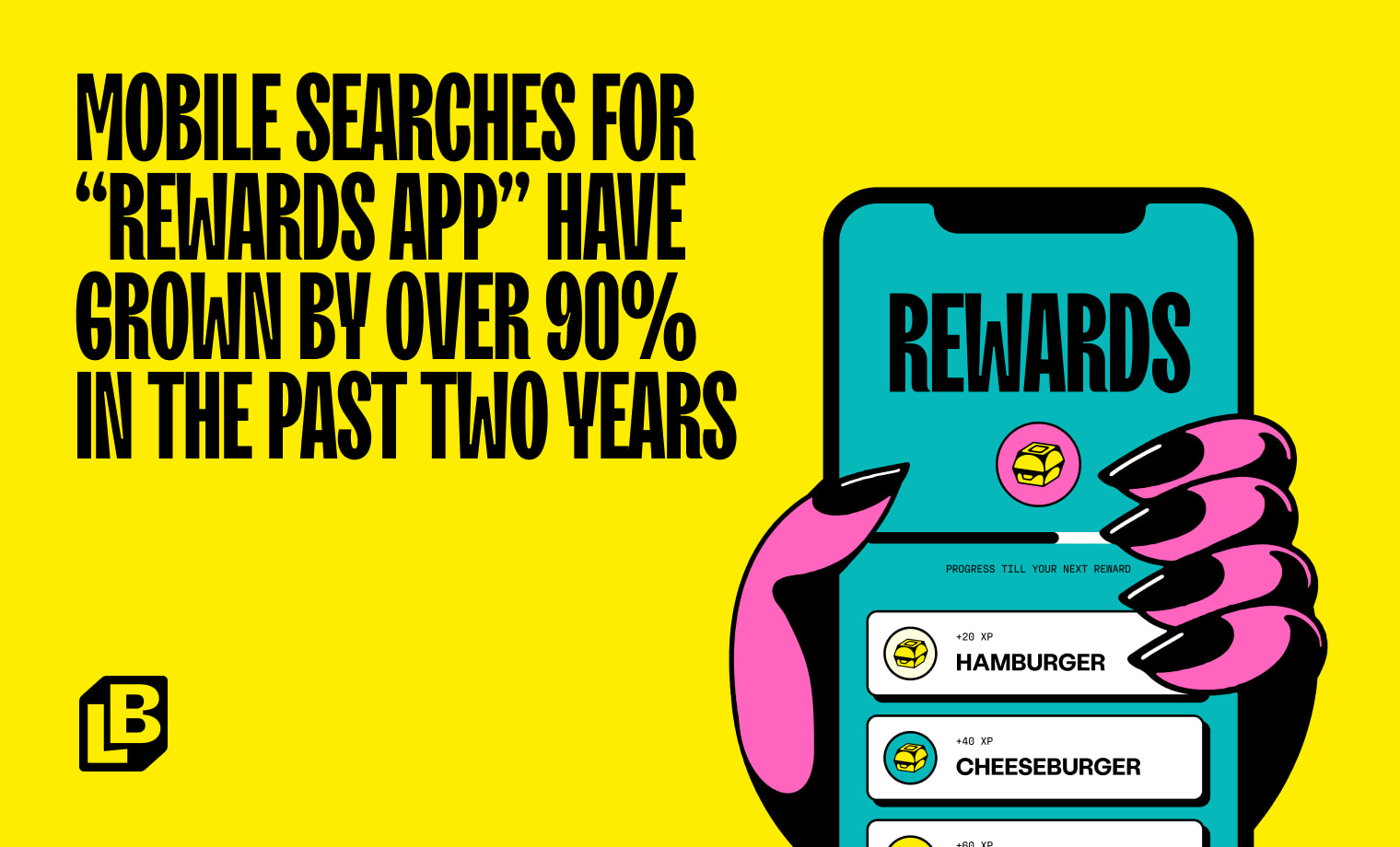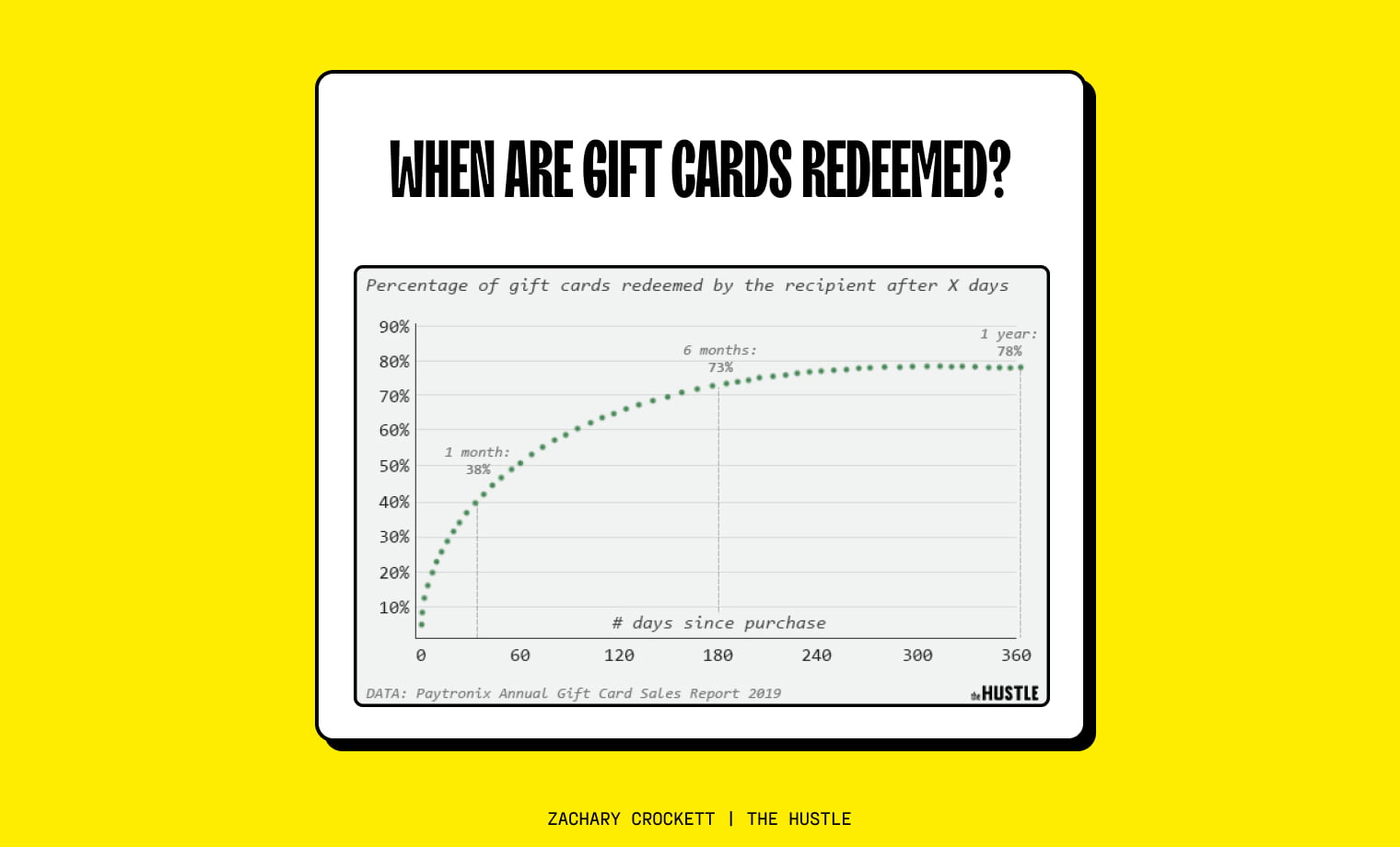Check Out This Guide:
CUSTOMER CONNECTIONS ON TAP: A GUIDE TO USING DATA FOR MARKETING
Marketing
OCT 04, 2021
Share
The past year has reshaped how consumers are interacting with brands. On-premise has changed greatly, shifting to a hybrid digital model where consumers are interacting with brands online, on social media, and in-person throughout the buyers’ journey.
This holiday season, consumers are expecting convenience and accessibility from their favorite brands. It’s just as important to have a well-built out digital storefront, as it is to have a physical storefront; it’s up to you to adapt your restaurant to meet this new hybrid consumer in their blended world.
We know the holidays feel like a blur, but your marketing campaigns shouldn’t. We’ve compiled 5 holiday-heavy stats surrounding restaurant sales and 5 restaurant holiday marketing tips to get you cooking.
As we’re coming off quite a non-traditional year, you might be wondering what we can expect from shoppers this holiday season. For starters, in-store shopping hasn’t gone away, but it has changed.
1. Of the top 25 highest sales days for restaurants last year, 72% of them occurred in November and December. It goes without saying, the holidays are the busiest time of year for restaurants. With the vast majority of your most busy days spanning across two months, it’s crucial to plan ahead and not leave any money sitting on the table.
2. 72% of Black Friday shoppers visit either a full or quick-service restaurant while they’re out shopping. COVID has changed the way consumers shop, and the value of in-store shopping now lies in providing an experience. Consumers are expecting convenience and accessibility -- this holiday season is about meeting customers where they’re at, and that means offering digital ordering solutions and seamless ordering experiences to busy shoppers.
3. 42% of American adults planned to either order from or go out to a restaurant or bar on New Year’s Eve, and 28% said the same about the following morning. Look back at your POS reports from years prior. Is New Year’s Eve big for your brand? If so, start marketing at least three weeks in advance to maximize sales.
4. Online search for restaurants and food has gone up by 53% post-COVID, and over 70% of purchases include at least one digital touch-point since COVID. Your customers are online, you should be too. Make sure your menu is easily viewable online, and your food photography is up to date. Think about what options you can provide your customers when they’re on the go.
5. The share of customers purchasing only on digital is expected to grow from 16% to 30% post-COVID. If you haven’t gone digital, you could be missing out on a massive subset of customers who aren’t ordering from you because they don’t have the option to order online.
The holiday season comes fast, and it is essential to be prepared. Do you know which holidays are relevant to your brand? Have you set aside a budget to run seasonal promotions, or boost your loyalty program to meet demand? We’re here to help with five ideas to boost engagement this season.
72% of Black Friday shoppers visit QSR and/or sit-down restaurants during their shopping excursions and 89% of shoppers are researching on their smartphone ahead of dining, and searches for “rewards app” on mobile have grown by over 90% in the past two years.

The time to prioritize digital was yesterday, and omnichannel support is needed than ever. With the digitization of restaurants becoming so normalized through the pandemic, consumers are expecting convenience and accessibility this holiday season. Restaurants should be thinking about meeting the customer where they’re at, and providing them with quick options to order when they’re on the go or need a stress-free break from shopping.
Check Out This Guide:
CUSTOMER CONNECTIONS ON TAP: A GUIDE TO USING DATA FOR MARKETING
This means app, web, and kiosk ordering — and these platforms won’t promote themselves. Consider looking into companies like Lunchbox, who offer omnichannel solutions and provide marketing support via their in-house digital agency. Work with a designer and create on-premise marketing to advertise pick-me-ups to the feet on the streets. A well-placed QR Code and the right copy on an A-Frame or window cling can attract folks passing by to stop in for a hot cup of coffee while out and about.
If you have the budget available, consider running a local campaign on Google to show up in front of customers who are in your area across Google’s various ad display platforms; like search, Google Maps, and YouTube. Take Mcdonald’s for example, they were looking to promote a new menu item as well as take advantage of the increase in seasonal traffic for their Spain locations. Using Local Campaigns, they saw a 2x increase in guest visits from optimizing their campaigns to capture folks shopping nearby.
The holidays are stressful enough without having to worry about last-minute resource scrambling and budgeting — give yourself a break and plan ahead with a holiday content calendar. It’s a good idea to map your holiday calendar out at least one quarter in advance. You'll want to make sure you can plan for promotion budgeting, content creation, seasonal items, and resources you'll need to execute your campaigns.
Figuring out which holidays are impactful for your brand and where you could use a lift is as easy as checking your POS reports from years prior to identify which holidays led to spikes in sales. Whatever holidays you and your community celebrate, a good rule of thumb is to start marketing at least three weeks in advance. Your campaign strategy can include social media channels, email marketing, holiday menu items (like special appetizers or desserts), or loyalty incentives like coupons, to name a few.
If you have a sit-down-dining restaurant, start marketing reservations well in advance. You'll be surprised how fast your tables fill up!
There are plenty of great guides out there for creating content calendars; check out this guide from Toast, which even includes a full list of food-centric holidays in the US.
It’s been a rough year, and a little excitement goes a long way these days.
Seasonal specials can be a great driver of new and repeat traffic and can build over time to become quite impactful for your brand. When items are offered in a limited fashion and ran over consistent periods of time, a natural sense of anticipation builds.
Consider Starbucks, which sells over $110 million worth of Pumpkin Spice Lattes every year. Through consistent campaigns year over year, they’ve created a cult-like following for the drink that has people rushing to their stores in the lingering heat of late summer to get a taste of fall.
You may roll your eyes at “just another basic pumpkin spice Instagram story,” but Starbucks is pulling strategy. There are over 500,000 Instagram posts containing the hashtag #pumpkinspicelatte — that’s a ton of organic brand impressions. With the right tools, your brand can enjoy some of the wallet-share too.
If you have first-party ordering tools like your own app & native online ordering, try offering exclusive seasonal specials to your customer base only on your app & web. LTO’s are a great tactic to increase enrollment in your loyalty program, drive repeat orders, and convert traffic from 3rd party platforms. Support the initiative with social posts, drip emails, push notifications, on-premise signage, and paid advertising using geofencing to target shoppers near your stores.
Guests who are enrolled in your loyalty program are your most valuable customers. The holidays are a great time to incentivize guests to order more frequently, thus resulting in higher revenue per customer for your restaurant or cafe.
Additionally, consumers are looking to enroll in more loyalty programs, building a huge opportunity to attract net-new customers to your business this holiday season. In a recent study, it was shown that 45% of QSR customers use at least one loyalty program, and “[f]ifty-seven percent of restaurant customers who are signed up for at least one restaurant’s loyalty program would be willing to spend more on food orders from other restaurants if they could use loyalty and rewards options.” (Paytronix)
Use the holidays to launch a campaign gifting your loyalty program customers, and attracting new customers to enroll by offering giveaways like free seasonal drink specials, free meals, entrees, or sides. Choose a low-margin item that’s popular with your customers, like drip coffee or fries, and promote across platforms with targeted email marketing, push notifications, social posts, on-premise, and in-app marketing plans. If you have the budget available, consider using paid social advertising platforms like Facebook Ad Manager to run retargeting ads using lookalike audiences to convert 3rd party customers.
Gift cards are still one of the most popular holiday gifts — in fact, for 13 years in a row gift cards have topped the most wanted gifts list. It’s actually known that around 20% of gift cards are never redeemed, making these tokens a profitable line item for your business.

You can make a lot of money off of unredeemed gift cards. Take Starbucks for example, which made over $105 million off unredeemed gift cards in 2017 alone.

Digital gift cards are excellent for remote teams, family, and friends who can’t get together over the holidays. Consider platforms like Lunchbox, that have this functionality built out-of-the-box, and be sure to start marketing right at the start of the season.
So, how can your restaurant be ready for this year’s season? Make sure your digital storefront is a priority and make sure it’s easily accessible -- take advantage of your windows, A-Frames, and social distancing floor decals to call attention to your mobile platforms. Provide your customers with options to order, like online ordering, mobile apps, and kiosks. Stay organized with content calendars and plan to market at least three weeks in advance. And lastly, make it fun, personalized, and engaging so your customers feel as special as the amazing experience you provide them. I hope you enjoyed this list of ideas for restaurants!
ENTER YOUR EMAIL TO STAY IN THE KNOW!